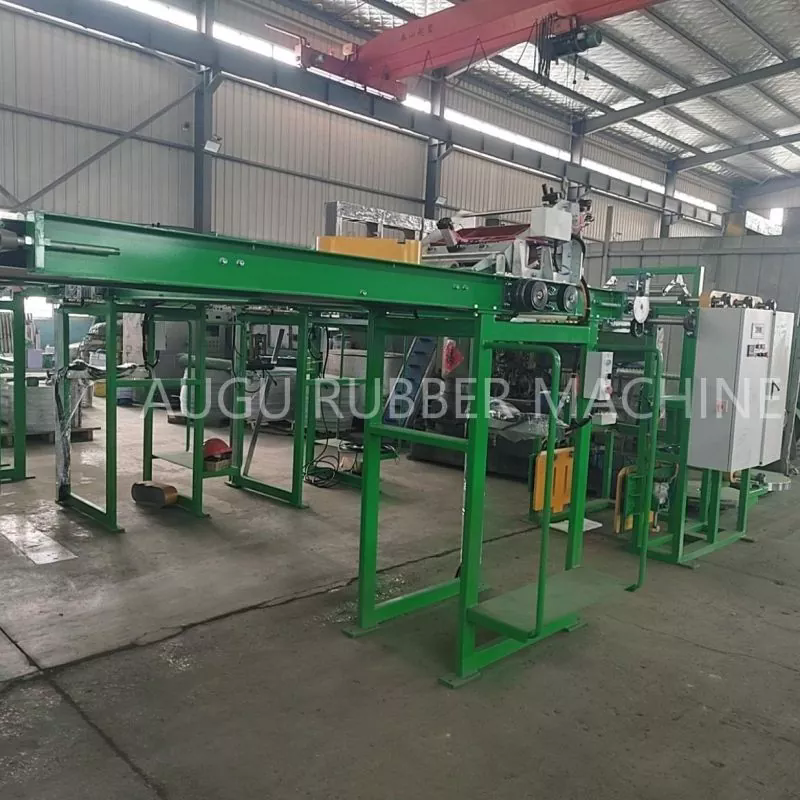Understanding the Tire Building Process: From Concept to Completion
2024-12-05
Tires are the unsung heroes of modern transportation, supporting vehicles and ensuring safe, smooth journeys. Behind every high-performance tire is a complex manufacturing process known as tire building, where precision, technology, and craftsmanship come together to create a reliable and durable product. In this blog, we explore the tire building process and its key stages.
The Importance of Tire Building
Tires are more than just rubber circles. They are engineered to withstand extreme conditions, provide traction, absorb shocks, and maintain fuel efficiency. The tire building process ensures these essential qualities by combining various materials in specific ways to achieve optimal performance.
Key Stages of the Tire Building Process
1. Material Preparation
The process begins with the preparation of raw materials, including natural and synthetic rubber, steel, fabric, and chemical additives. These components are mixed in precise proportions to create specialized rubber compounds for different parts of the tire.
2. Component Manufacturing
Tires consist of multiple layers, each designed for a specific function. The main components include:
- Tread: The outer layer that contacts the road, made for durability and grip.
- Sidewall: Protects the tire from impacts and provides flexibility.
- Bead: Ensures the tire stays securely attached to the wheel rim.
- Casing: The structural backbone of the tire, providing strength and stability.
- Belts: Reinforce the tire and reduce rolling resistance.
Each component is manufactured separately using cutting, calendaring, or extrusion processes.
3. Tire Building
This is where all the components come together. Using a tire-building machine, the materials are assembled layer by layer:
- The inner liner is placed first, forming an airtight layer.
- Ply layers and belts are added to provide strength and shape.
- The tread and sidewall are applied to form the outer structure.
During this stage, precision is critical to ensure each layer is correctly aligned and adheres firmly to the others.
4. Curing and Vulcanization
Once assembled, the uncured tire is placed in a curing press. Here, it is heated under pressure to vulcanize the rubber, a chemical process that strengthens and hardens the material. Vulcanization also imprints the tire with its tread pattern, ensuring it is ready for road use.
5. Inspection and Testing
After curing, each tire undergoes rigorous inspections to ensure quality and safety standards are met. Advanced machines check for uniformity, balance, and structural integrity, while random samples are subjected to destructive testing to assess performance under extreme conditions.
Modern Innovations in Tire Building
The tire industry continually evolves to meet changing demands for safety, performance, and sustainability. Advances in automation, robotics, and digital monitoring systems have made the tire-building process more efficient and precise. Additionally, sustainable practices such as using recycled materials and optimizing energy consumption are becoming integral to tire production.
The Role of Skilled Craftsmanship
Despite technological advancements, skilled operators play a crucial role in tire building. Their expertise ensures that the machines operate correctly and that the final product meets exacting standards. The combination of human skill and advanced technology defines the art and science of tire manufacturing.
Conclusion
The tire building process is a fascinating blend of innovation, precision, and craftsmanship. From the preparation of raw materials to the final inspections, every step ensures the creation of a product that can withstand the demands of modern transportation. Understanding this process highlights the complexity and importance of tires in our everyday lives, making us appreciate the engineering marvels that keep us rolling safely.



